
Make Your Home More Eco-Friendly
Going green doesn’t mean you have to overhaul your entire lifestyle. Start with the smallest changes. Creating a more eco-friendly home is surprisingly simple and totally doable.
In this guide, we’ll show you realistic, low-stress changes that actually make a difference. No complicated upgrades, no massive costs, just smart, functional tweaks you’ll feel good about. So, if you are ready, let’s get started.
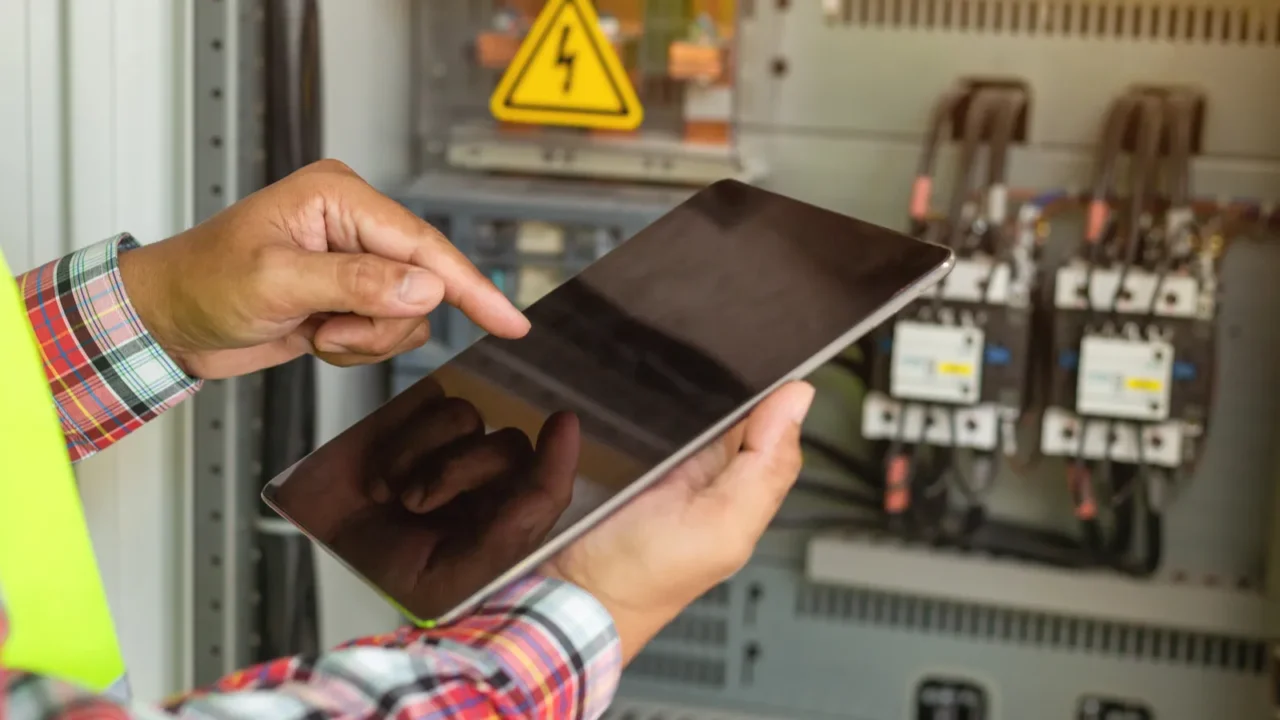
Start with a Home Energy Audit
Before you make changes, know where you stand. An energy audit (many utility companies offer them free) pinpoints where your home is leaking energy.
You’ll find out if your insulation needs help, if your HVAC is guzzling power, or if simple tweaks like weather-stripping windows could slash your bills.
Knowing what to fix first makes your eco-friendly journey faster and cheaper.
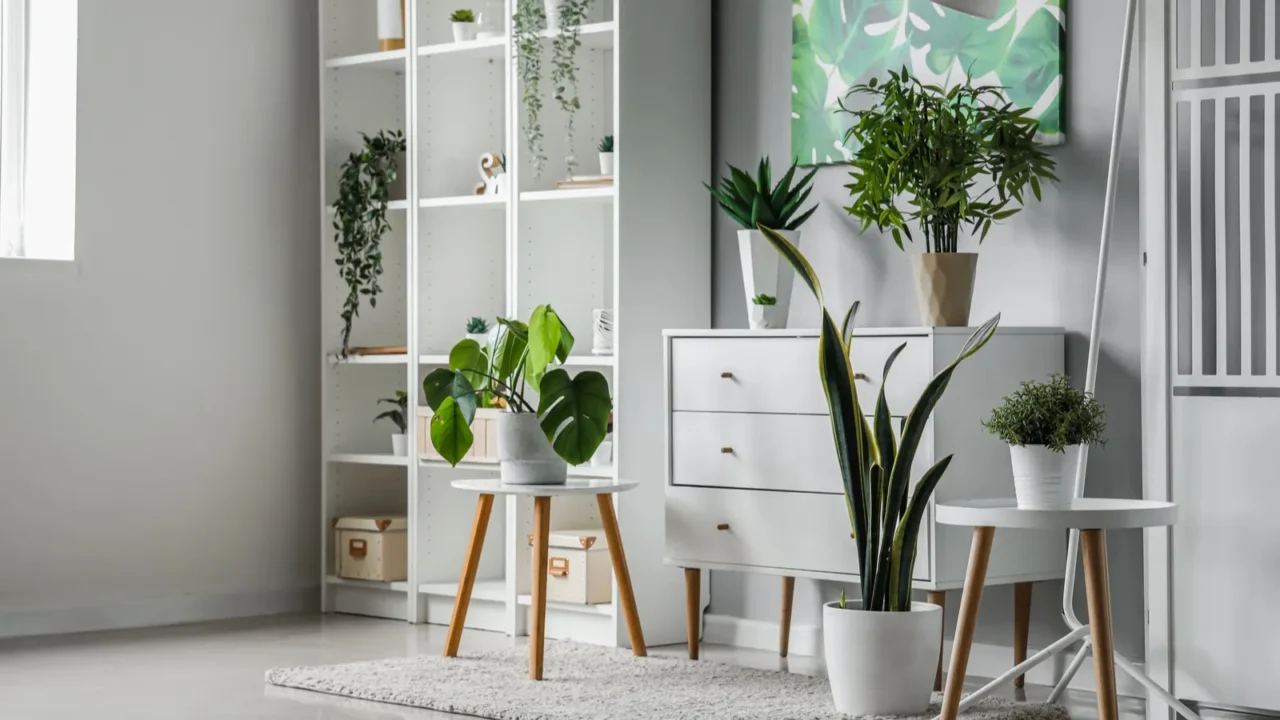
Grow Some Houseplants
Houseplants aren’t just pretty; they improve air quality and boost mood. Plants like snake plants, peace lilies, and pothos are known for their air-purifying abilities.
Plus, nurturing greenery indoors can help you stay connected to nature year-round. (And yes, even a few plants can make a measurable difference in your indoor environment.)
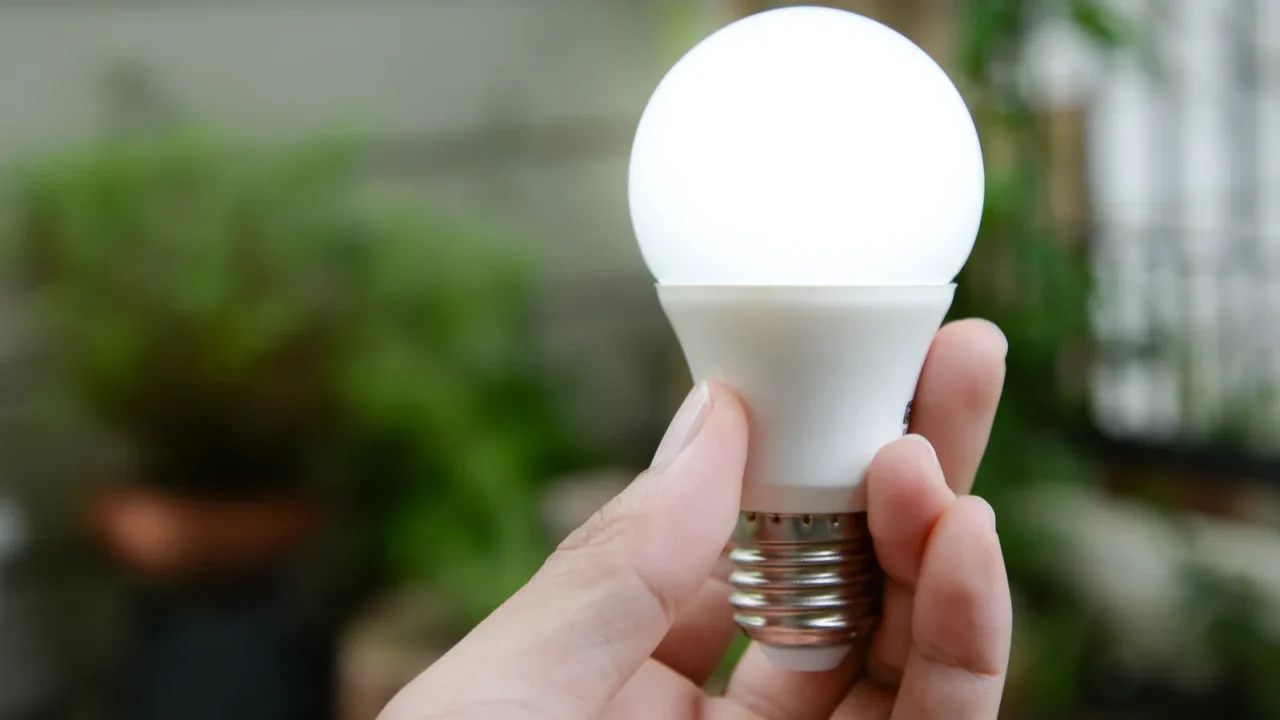
Switch to LED Lighting
If you haven’t fully swapped your old bulbs yet, now’s the time. LED bulbs use up to 90% less energy than incandescents and last 15–25 times longer.
That means fewer bulbs in landfills and lower electric bills for you. Plus, LEDs come in every shade of warm or cool light, so you don’t have to compromise on the cozy vibe at home.
A full switch can literally cut hundreds off your annual energy use.
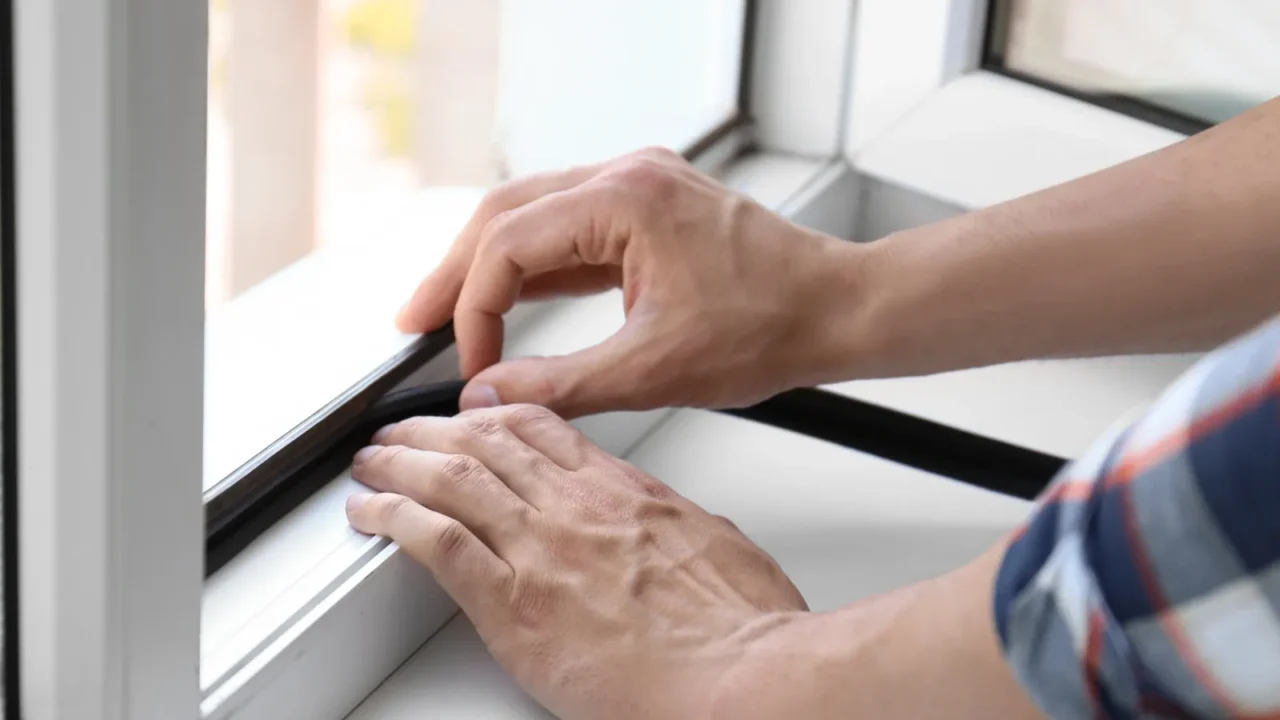
Seal Air Leaks
Tiny drafts add up to big energy loss. Sealing leaks around windows, doors, and ducts with caulk or weatherstripping keeps conditioned air inside, meaning your HVAC doesn’t have to work overtime.
According to Energy Star, sealing and insulation can cut about 10%–20% off your home’s heating and cooling costs. It’s a quick DIY project with a major impact.
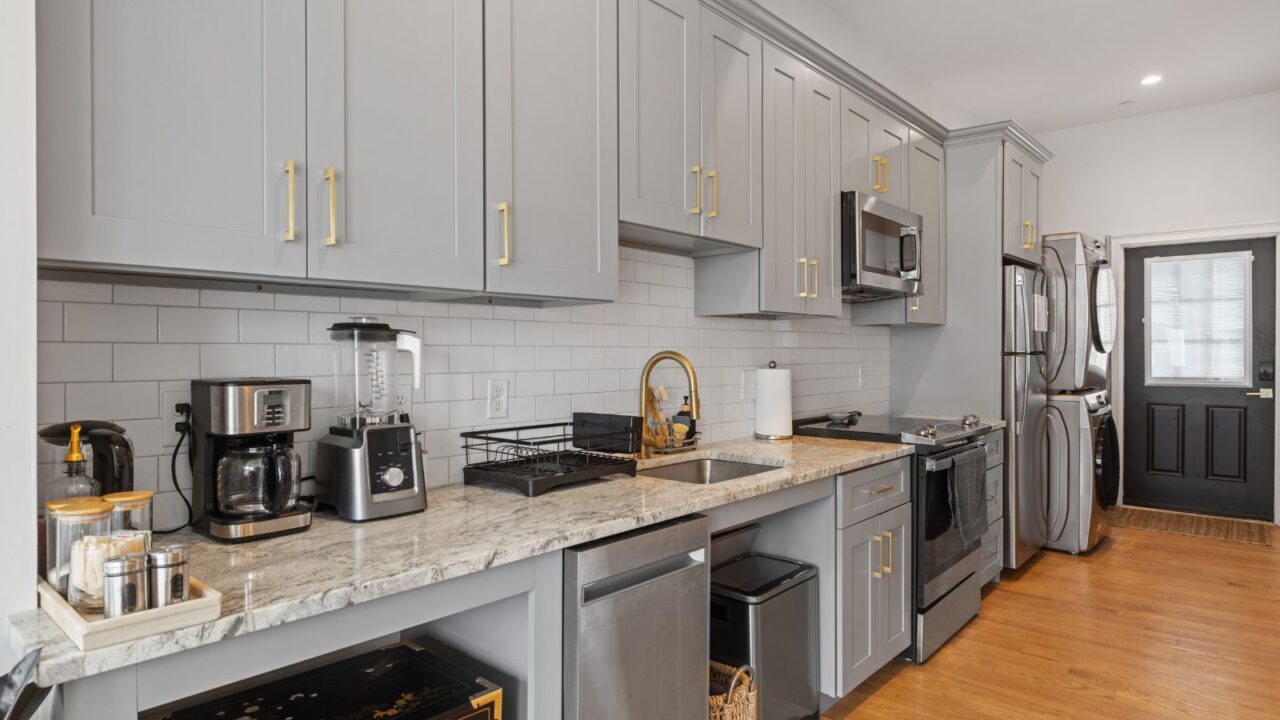
Choose Energy Star Appliances
When it’s time to replace an appliance, choosing Energy Star–rated models is a no-brainer. They meet strict efficiency guidelines set by the EPA, meaning they use less energy and water without sacrificing performance.
In fact, an Energy Star fridge uses about 15% less energy than non-certified models. Over time, these savings really stack up, and you’re helping reduce greenhouse gas emissions too.
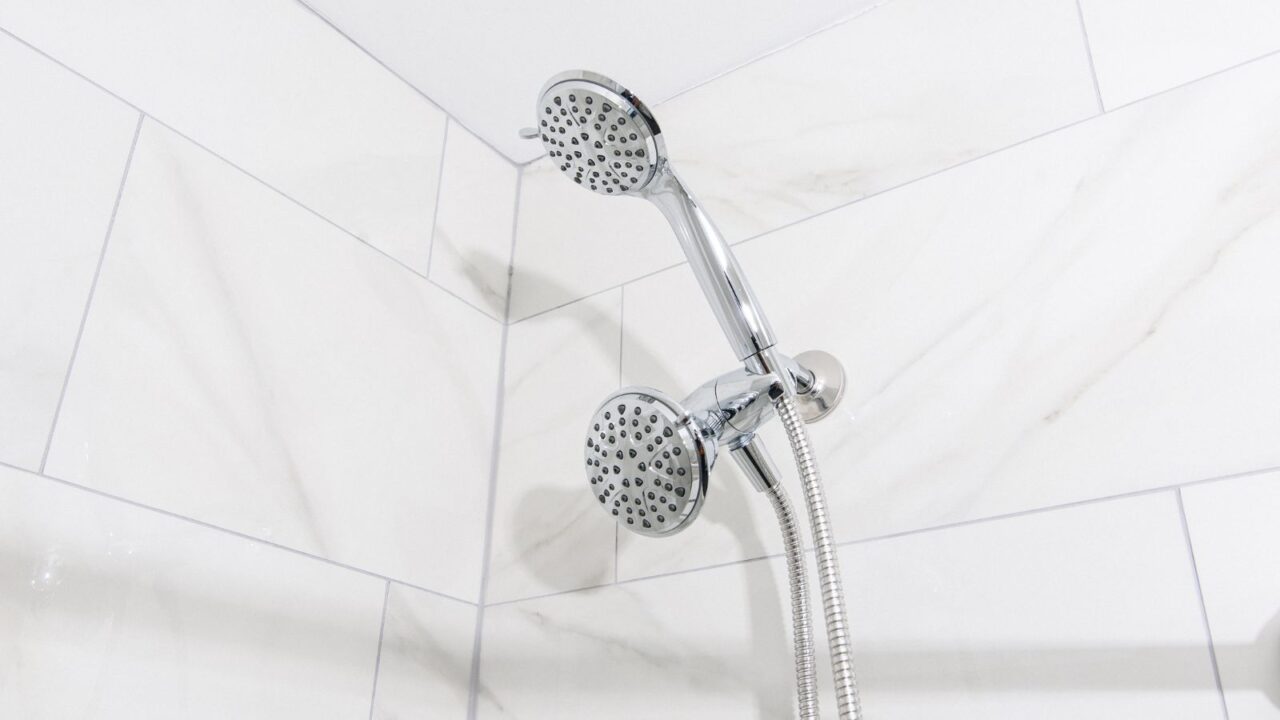
Swap Out Showerheads
Low-flow showerheads have come a long way. Modern ones maintain strong water pressure while using up to 50% less water. The EPA’s WaterSense label makes it easy to find certified models.
Swapping just one showerhead can save thousands of gallons of water annually for a typical family, without sacrificing that steamy spa feeling.
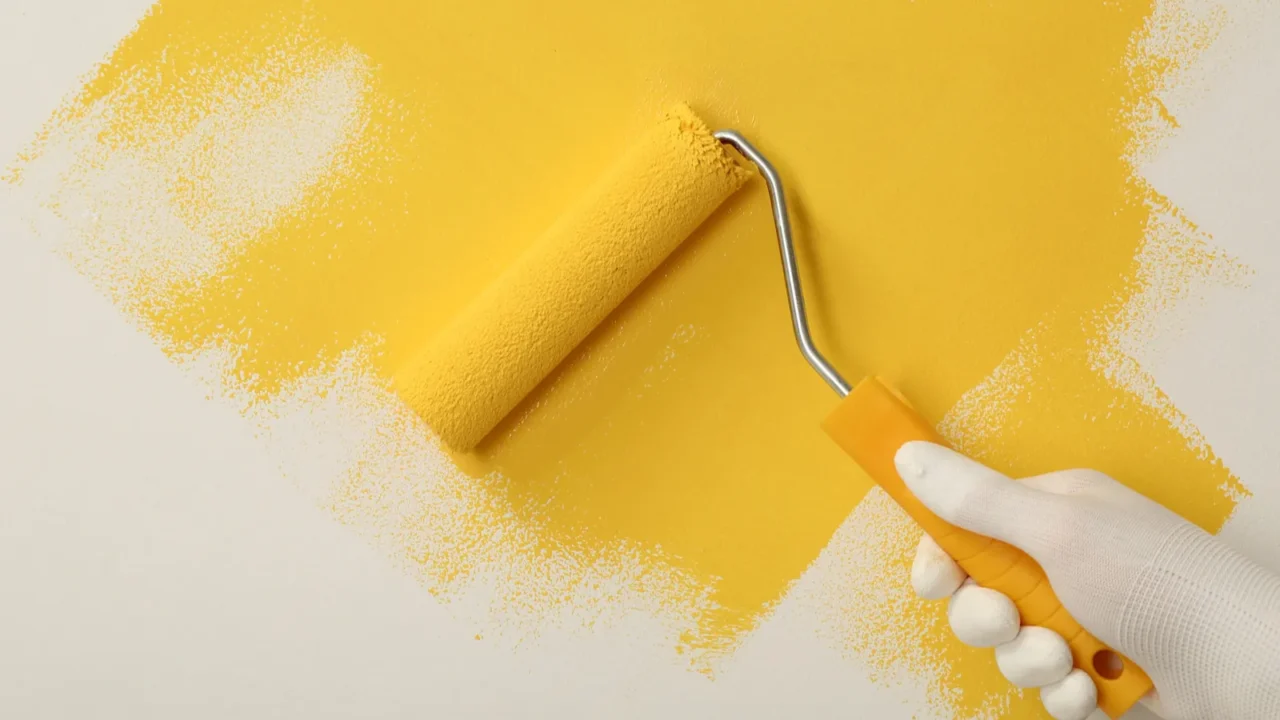
Opt for Eco-Friendly Paints
Traditional paints release VOCs (volatile organic compounds) that pollute your indoor air and contribute to outdoor smog.
Choose paints labeled “low-VOC” or “zero-VOC” instead. Not only are they safer for your health (especially for kids and pets), but they’re also way better for the environment.
Brands like Benjamin Moore’s Natura or Sherwin-Williams Harmony offer gorgeous shades without the toxic fumes.
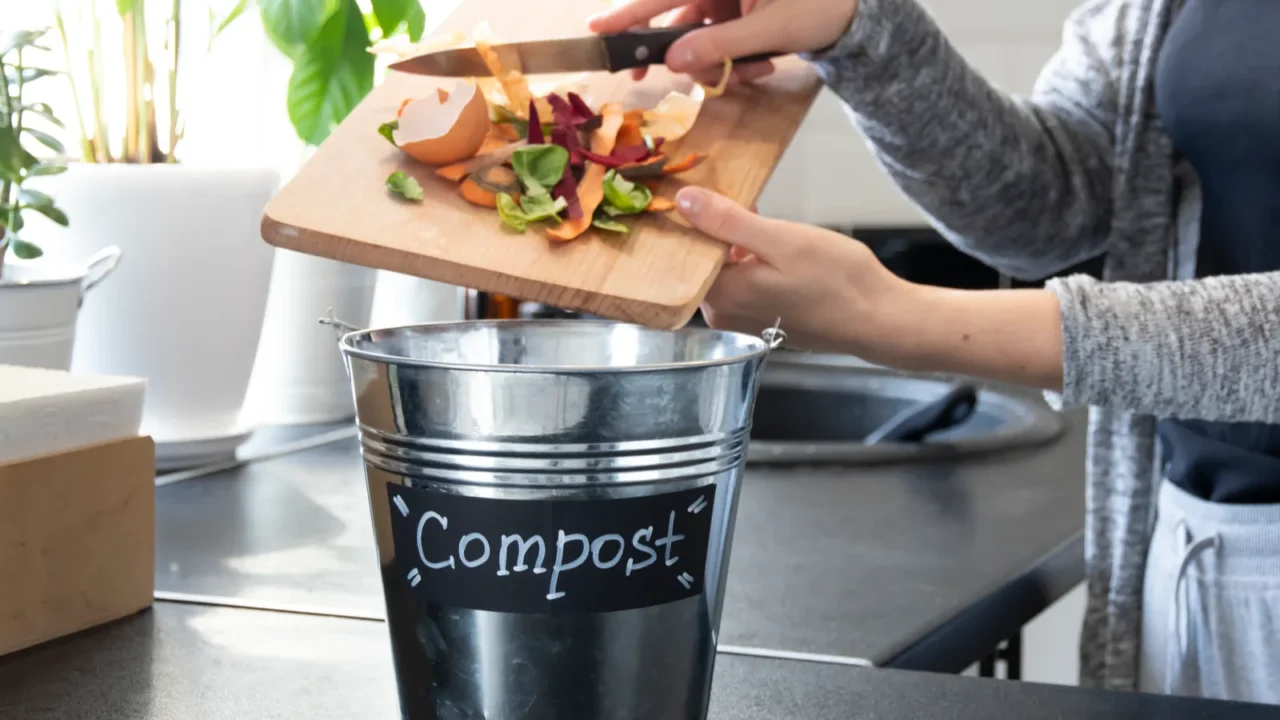
Compost Kitchen Scraps
Food waste is a massive problem, and composting is one of the easiest ways to fight it. You don’t even need a big yard; set up the countertop bins and small composters to make it possible even in apartments.
By composting, you keep organic waste out of landfills (where it releases methane) and create nutrient-rich soil for your plants or garden.

Ditch Disposable Products
Single-use items like paper towels, plastic wrap, and cleaning wipes add up fast. Swap them for reusable alternatives like cloth towels, beeswax wraps, and washable mop pads.
Not only do you produce less trash, but you also save money over time, and your kitchen will look way cuter with those pretty cloth alternatives.

Install Faucet Aerators
These tiny attachments screw onto your faucets and reduce water flow without changing water pressure.
The Department of Energy says a simple aerator can cut faucet water use by 30%–50%. They’re cheap (often under $10) and easy to install, meaning you can save thousands of gallons of water a year with almost no effort.
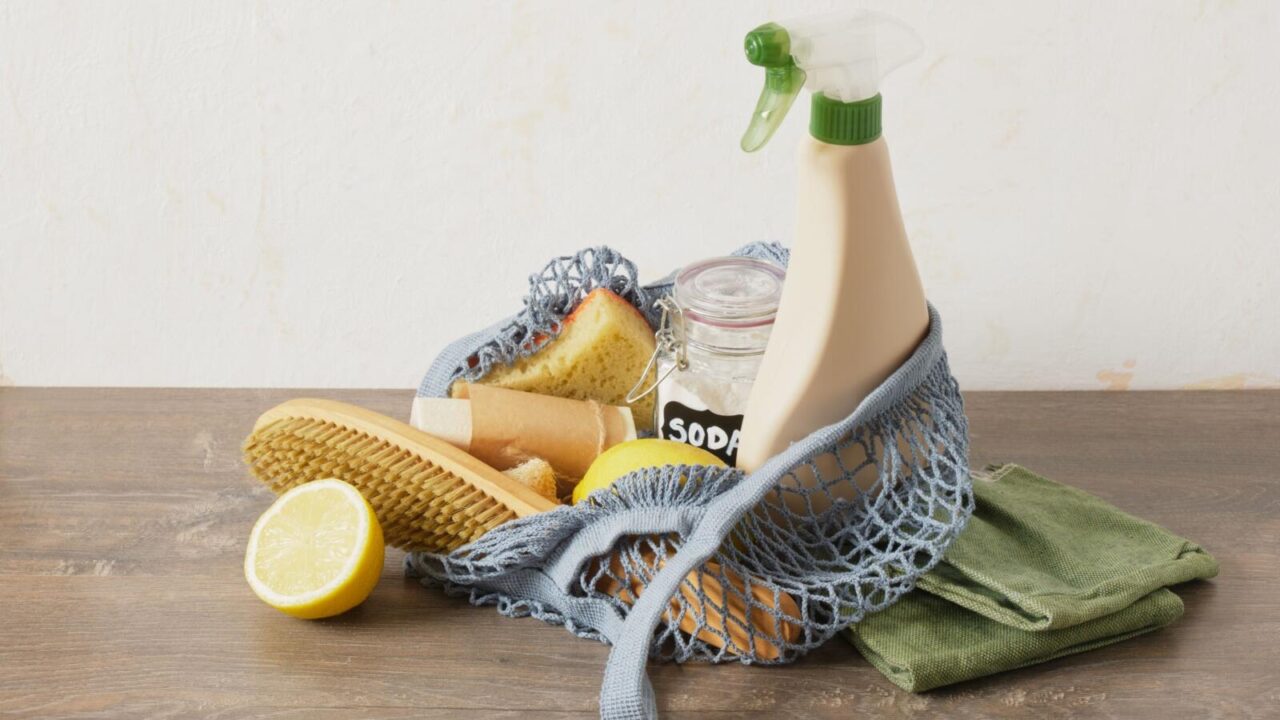
Go for Natural Cleaning Products
Many conventional cleaning products are full of harsh chemicals that can pollute both indoor air and waterways. Switching to natural or DIY cleaners, such as vinegar, baking soda, and castile soap, keeps your home healthier.
Brands like Seventh Generation, Mrs. Meyer’s, and Method offer ready-made options if DIY isn’t your thing.
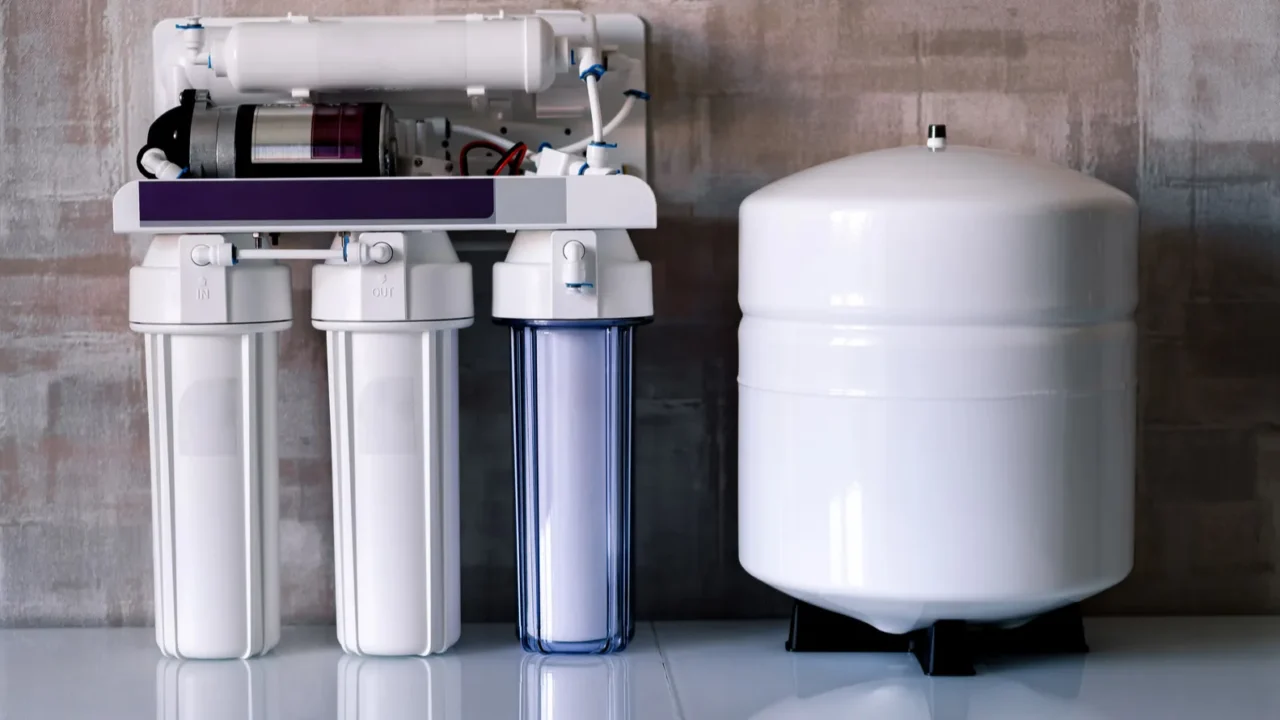
Upgrade to a Water Filter
Instead of buying bottled water, invest in a quality water filter system. Filters like Brita, PUR, or under-sink models reduce contaminants while slashing plastic waste.
Bottled water isn’t just expensive, it’s also tied to heavy carbon emissions from production and transport. One home filter can eliminate hundreds of single-use bottles a year.
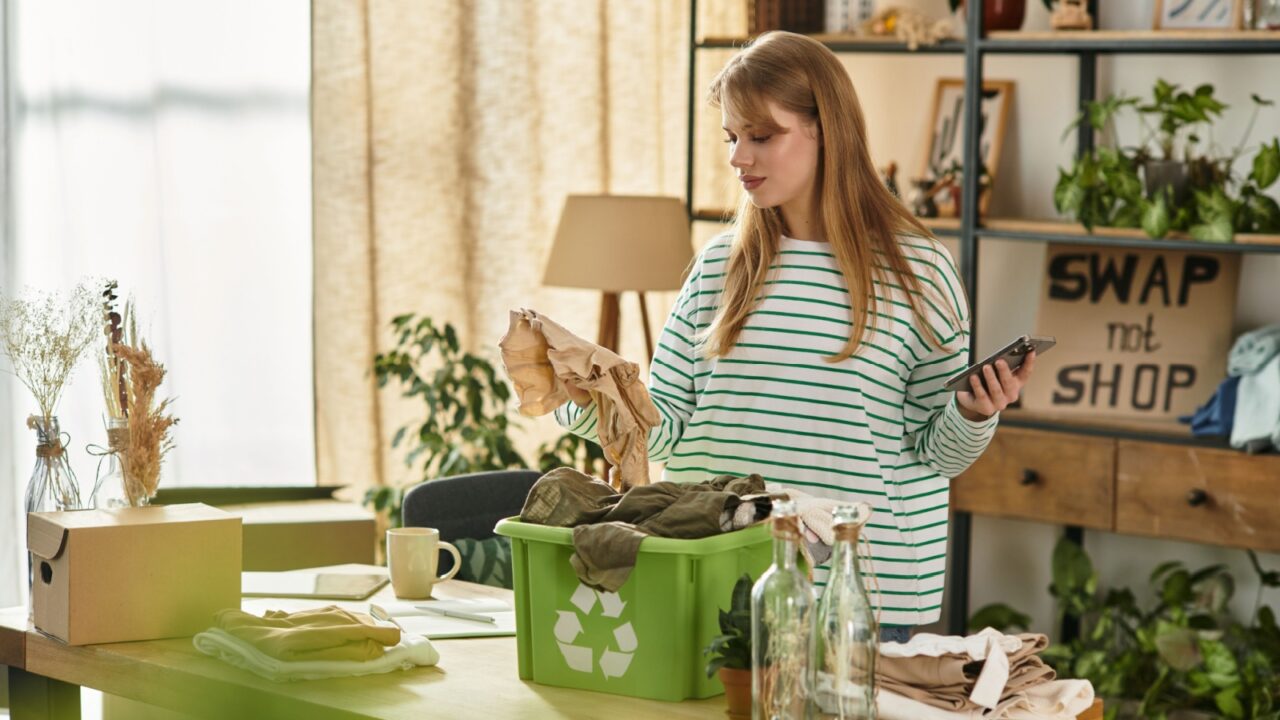
Set Up a Recycling Station
Recycling works better when it’s easy. Set up a dedicated spot in your kitchen or garage with bins for plastics, paper, metal, and glass. If you have kids, label them with fun signs to get them involved, too.
Proper recycling keeps valuable materials out of landfills and reduces the demand for new raw resources.
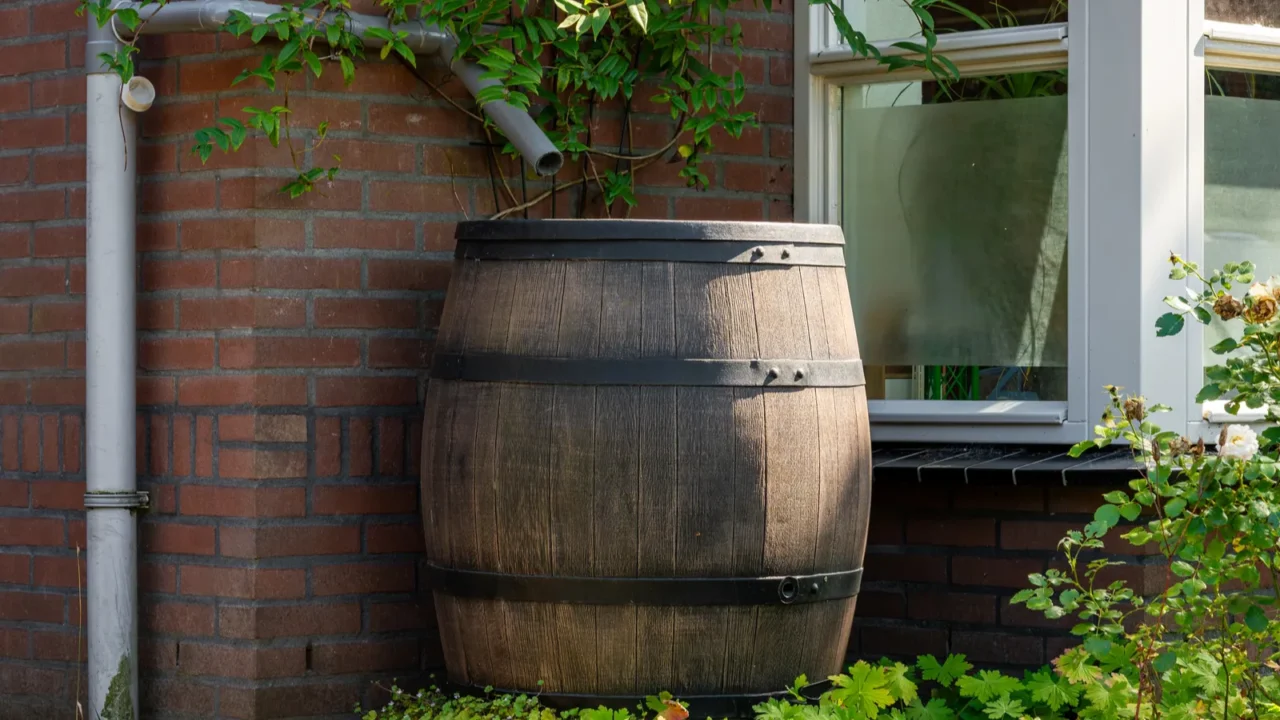
Harvest Rainwater
Even if you’re in a suburban neighborhood, installing a rain barrel can save thousands of gallons of water a year. Use collected rainwater for your garden, lawn, or even washing outdoor gear.
It reduces demand on municipal systems and keeps your landscape lush without spiking your water bill.
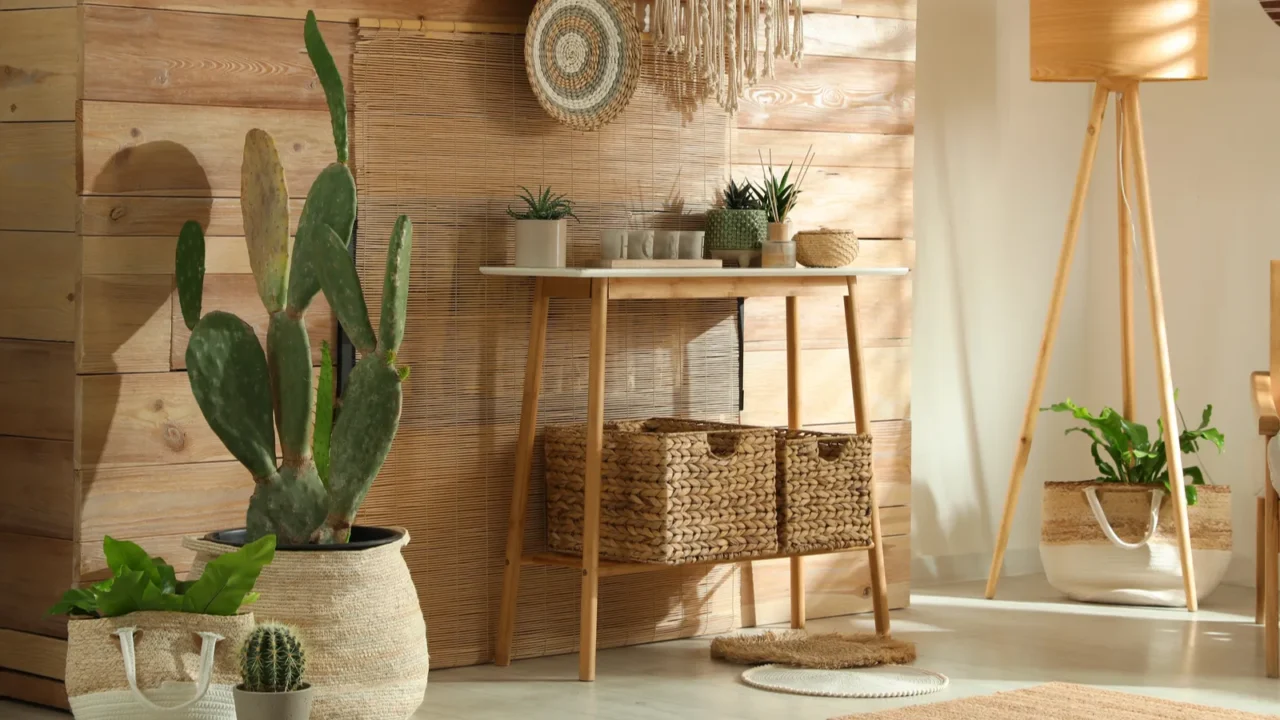
Use Recycled or Natural Materials
Whether you’re redoing floors or buying new furniture, think reclaimed wood, recycled glass, bamboo, or cork. These materials have a lower environmental footprint compared to traditional options.
Plus, they often bring more character and warmth into your home. Get inspired with my journey to a zero-waste home design and see how small shifts can lead to a home you truly love.
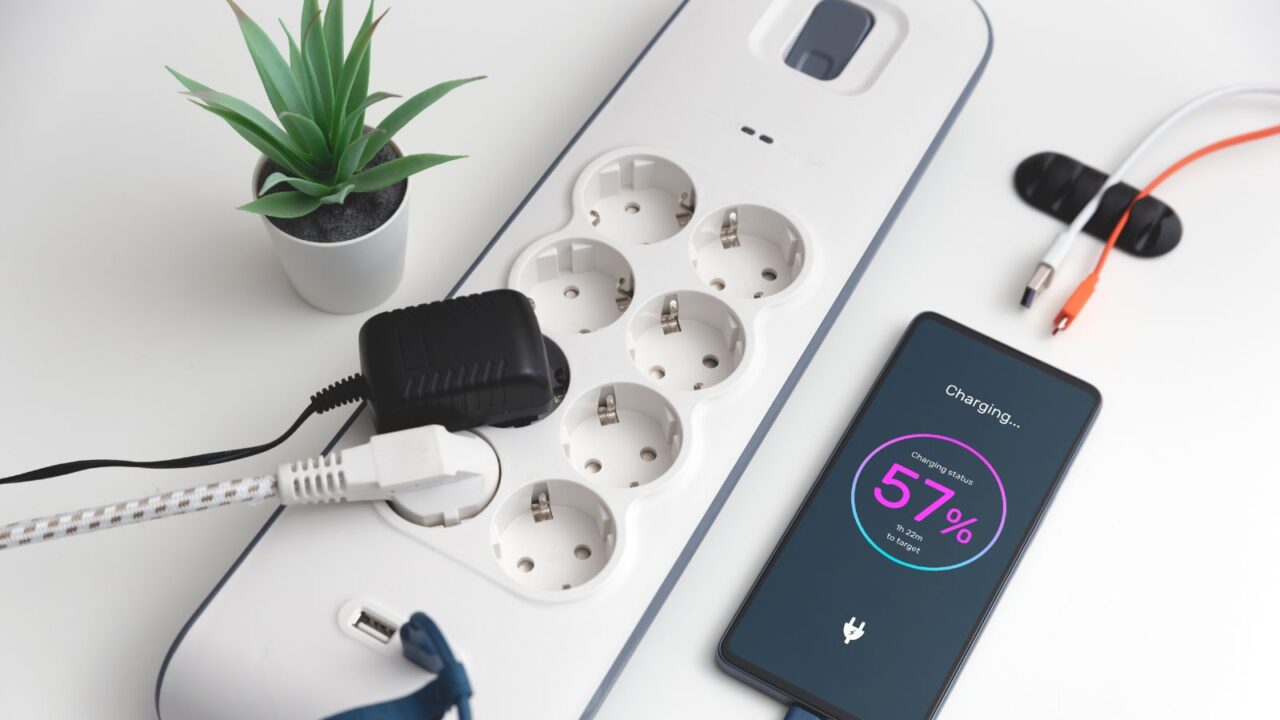
Use Power Strips for Electronics
Electronics keep drawing power even when they’re turned off, it’s called “phantom load.” Plugging devices into a power strip (and turning it off when not in use) cuts that waste.
According to the Department of Energy, it can save you about $100–$200 a year.
Smart power strips even shut off automatically for you. Check out the best smart devices for cutting your energy bills and start saving without lifting a finger.
We’d love to hear your favorite eco-friendly home tips. Drop a comment and share how you’re making small changes for a greener future.
Read More From This Brand:
- Eco Friendly Decor Trends That Are Totally On Point
- Sustainable Table Decor Ideas for Every Season
- Eco-Chic Bedroom Trends for Sustainable Luxury
Don’t forget to follow us for more exclusive content right here on MSN.